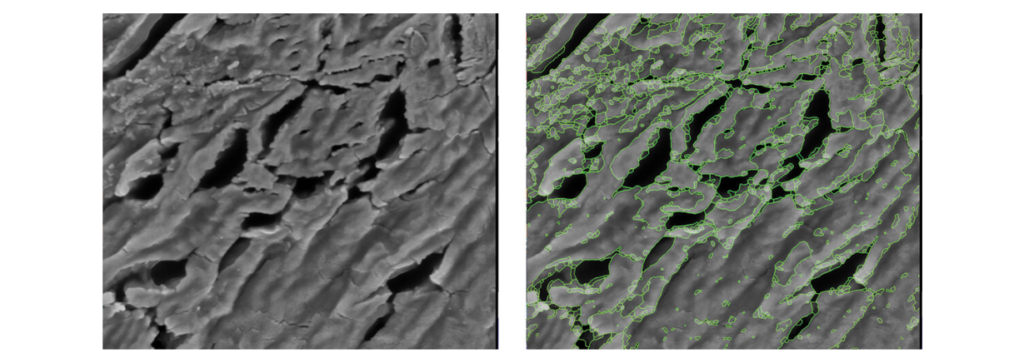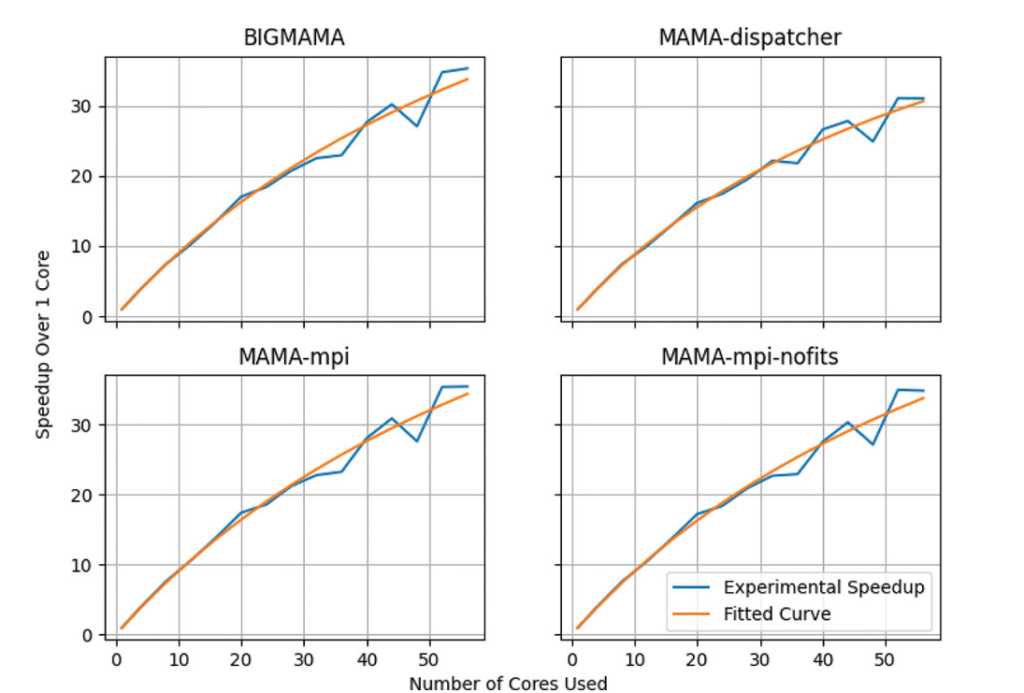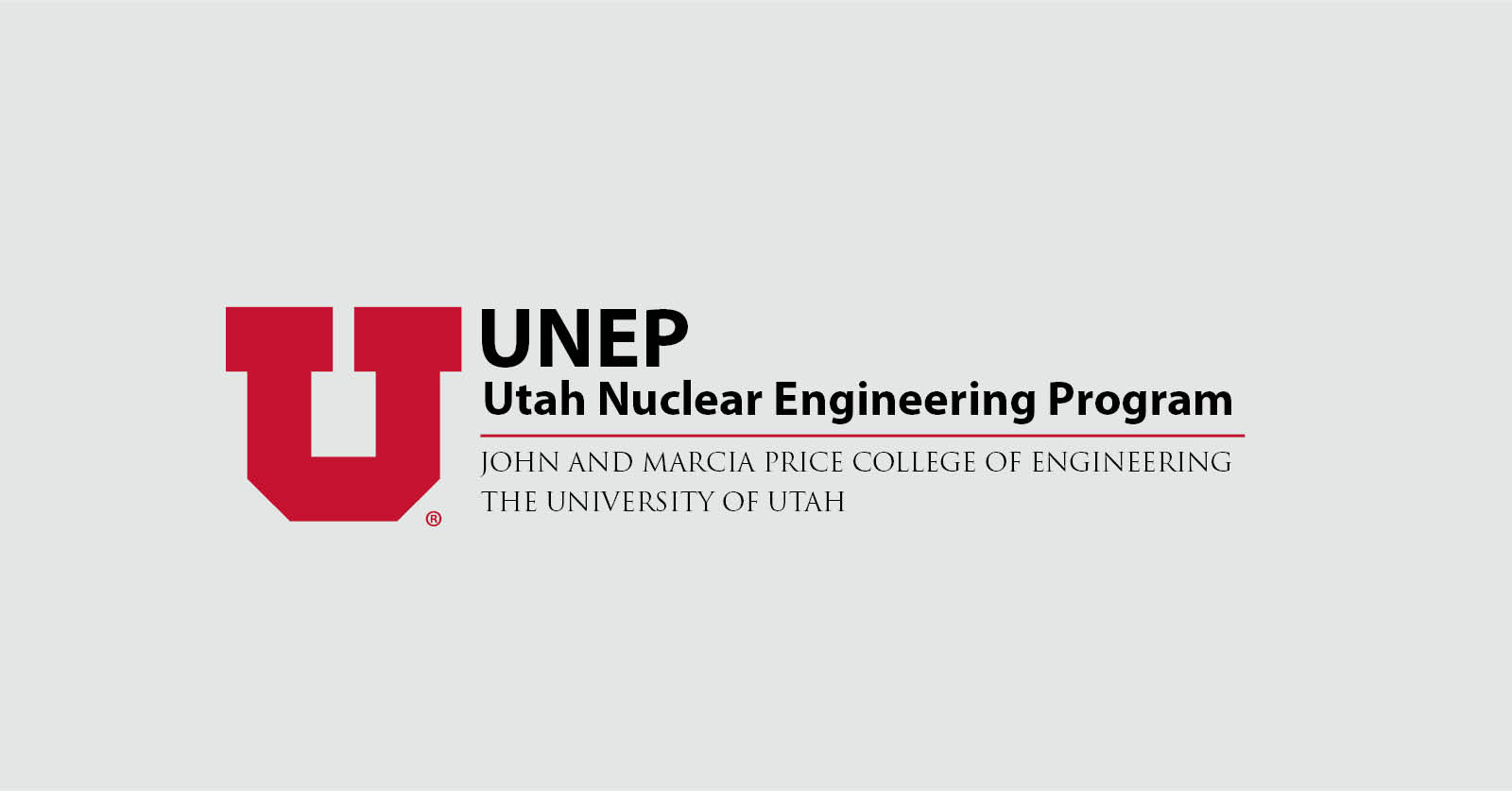Faster and Smarter Nuclear Forensics
The University of Utah’s Nuclear Engineering Program (UNEP) recently made waves with its study published in the Nuclear Science and Engineering Journal. The research, led by PhD student Ted Goodell, focuses on improving the efficiency of nuclear forensics through rapid image analysis.
Ted and UNEP professors tackled the challenge of precisely analyzing particle morphology in electron microscope images of uranium oxides. Typically, this requires a great deal of manual labor to analyze large datasets using a program called Morphological Analysis of Materials (MAMA) from Los Alamos National Laboratory (LANL). They modified MAMA to rapidly segment and quantify the morphology of massive image databases without human interaction. By employing parallelization strategies in a high-performance computing (HPC) environment, they achieved an efficient approach, showcasing an Amdahl fraction of 0.985 and a rapid image processing rate of approximately 0.251 seconds per image.
This success not only contributes to our understanding of nuclear materials but also sets the stage for automating interactive image segmentation on a large scale. With support from LANL and the U.S. Department of Energy National Nuclear Security Administration, this study reinforces UNEP’s commitment to pioneering research in nuclear science and engineering.
Congratulations to Ted and team for their significant step forward in advancing nuclear forensics!

The output of MAMA’s hierarchical watershed segmentation system. The original (left) is processed by MAMA to produce green outlines of the particles it segmented (right).

Speedup curves for each parallelization method on one node and curves created with the fitted Amdahl fractions.

